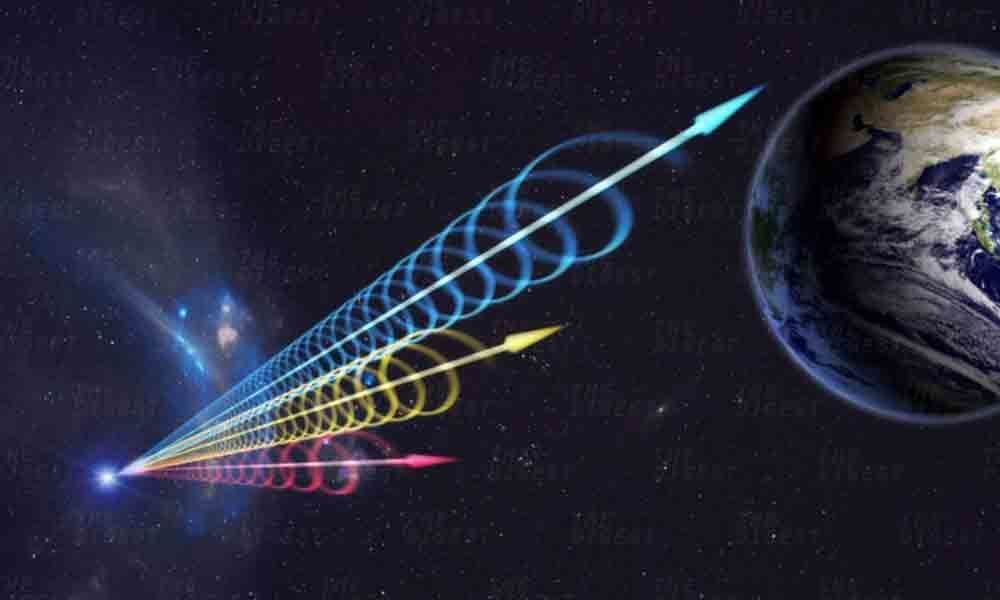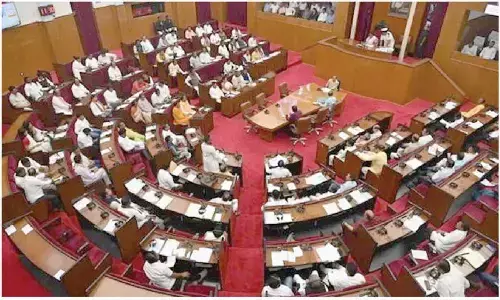Artificial Intelligence used to detect fast radio bursts

Scientists have developed an automated system that uses artificial intelligence (AI) to detect and capture fast radio bursts (FRBs) in real-time.
Scientists have developed an automated system that uses artificial intelligence (AI) to detect and capture fast radio bursts (FRBs) in real-time.
FRBs are mysterious and powerful flashes of radio waves from space, thought to originate billions of light years from the Earth, said researchers from Swinburne University of Technology in Australia. They last for only a few milliseconds or a thousandth of a second and their cause is one of astronomy's biggest puzzles.
The system, described in the journal Monthly Notices of the Royal Astronomical Society, has already identified five bursts -- including one of the most energetic ever detected, as well as the broadest. Wael Farah from Swinburne University of Technology trained the on-site computer at the Molonglo Radio Observatory in Australia to recognise the signs and signatures of FRBs, and trigger an immediate capture of the finest details seen to date.
The bursts were detected within seconds of their arrival at the Molonglo Radio Telescope, producing high quality data that allowed the researchers to study their structure accurately, and gather clues about their origin. FRBs can potentially be used to study matter around and between galaxies that is otherwise almost impossible to see, Farah said. "It is fascinating to discover that a signal that travelled halfway through the universe, reaching our telescope after a journey of a few billion years, exhibits complex structure, like peaks separated by less than a millisecond," he said. "Molonglo's real-time detection system allows us to fully exploit its high time and frequency resolution and probe FRB properties that were previously unobtainable," said Australian Research Council Laureate Fellow and project leader Professor Matthew Bailes.







